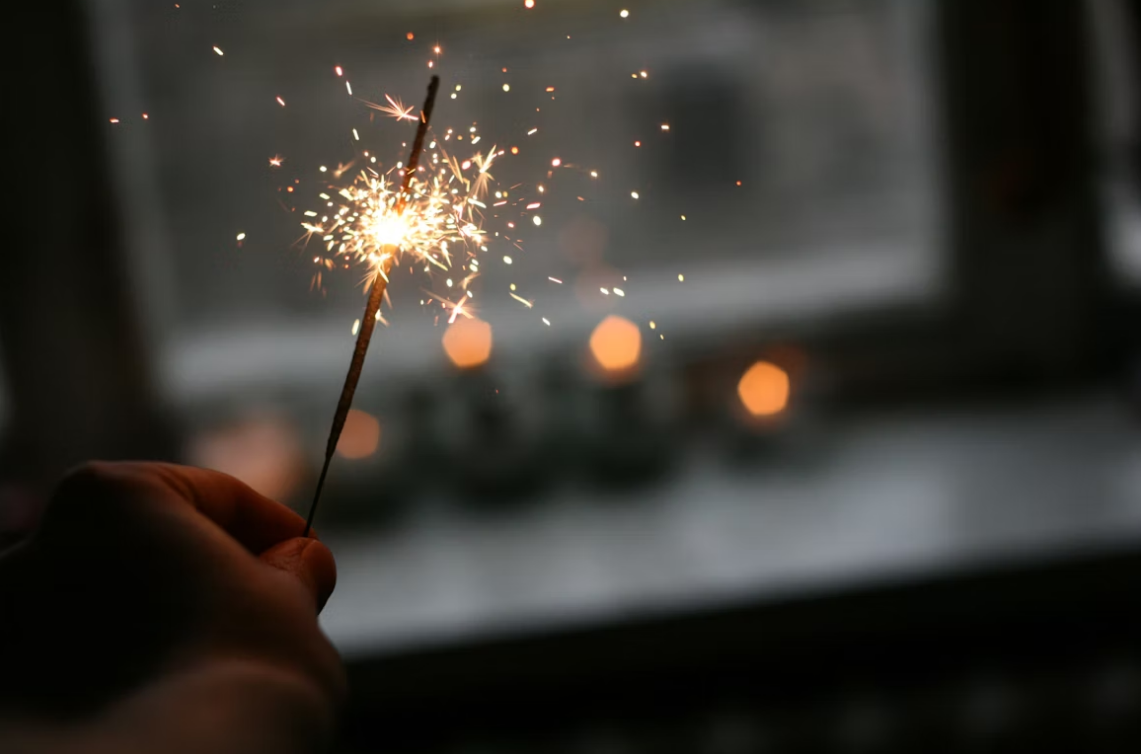
The arrival of a new year brings celebration, reflection, and a sense of fresh beginnings. For most of the world, the calendar resets on January 1—but few stop to wonder how this tradition began.
The answer stretches back thousands of years, tied to ancient gods, shifting calendars, and the rhythm of the seasons.
Understanding how this date came to define our new beginning reveals just how long humans have been marking the passage of time.
The origin of January 1
Our modern New Year’s Day traces back to 45 B.C., when Julius Caesar introduced the Julian calendar and officially placed the year’s start on January 1.
Before then, Romans celebrated the new year in March, marking the start of the planting season. Caesar’s reform aligned the calendar with the solar year and honored Janus—the Roman god of beginnings, endings, and transitions.
Today, we continue this legacy through the Gregorian calendar, introduced in 1582 by Pope Gregory XIII to correct small timing errors, but which kept January 1 as the official start.
The story behind Janus
January takes its name from Janus, a two-faced god who looked both backward and forward, symbolizing reflection and renewal.
The Romans viewed Janus as the guardian of doors and gateways, representing both physical and spiritual thresholds.
On the first day of the year, Romans exchanged gifts of honey and figs in his honor, hoping to sweeten the year ahead.
The temple of Janus was said to be open during times of war and closed during peace, reinforcing his role as a protector of transitions.
Also read: How to stick with your New Year’s goals long after January
New Year’s customs across cultures
While the Gregorian calendar is now dominant, not all cultures celebrate on January 1. The Chinese New Year begins between late January and early February, following the lunar cycle.
The Jewish New Year, Rosh Hashanah, usually arrives in September, while the Islamic New Year, the First of Muharram, is based on the sighting of the crescent moon.
Despite differing dates, each celebration carries the same message—honoring the past and welcoming what’s to come.
Also read: 10 powerful New Year’s resolutions every senior should know for a happier, healthier year
How we celebrate the New Year
In the US and Canada, January 1 is a federal holiday marked by fireworks, countdowns, and resolutions. As the clock strikes midnight, millions exchange hugs and the familiar words “Happy New Year.”
Many sing “Auld Lang Syne,” the Scottish ballad by Robert Burns, to remember friendships and years gone by. Around the world, food traditions like Hoppin’ John in the American South or shortbread in Scotland symbolize luck, prosperity, and joy for the months ahead.
Reflections and resolutions
Beyond the celebration, New Year’s Day is a time to reflect, plan, and reset. It encourages new goals, habits, and hopes for the year ahead.
From ancient Rome to modern living rooms filled with countdowns and confetti, the desire to start fresh each year remains timeless. As Janus would have it, we look back with gratitude and forward with optimism—closing one door and stepping through the next.
Read next:
- How seniors are finding new purpose with a simple New Year’s tradition
- New year, new habits—here’s how to make changes that stick
The next time the clock strikes midnight and the year turns over, take a moment to think about the history behind it all. How do you celebrate your New Year’s traditions? Share your favorite ways to welcome January 1 in the comments below.






